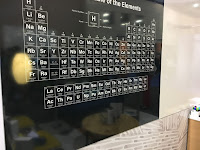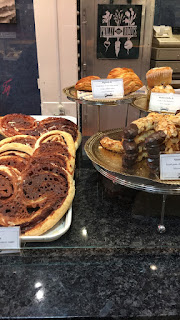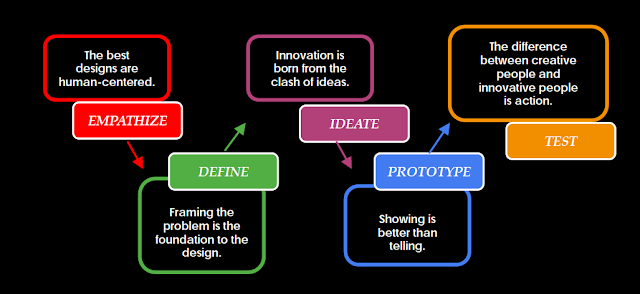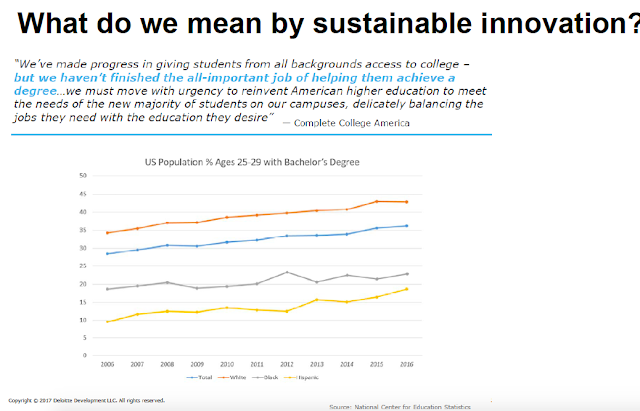The final day of the
conference started off with the University of Kentucky discussing its findings
for their first year of having 17 active learning classrooms across campus.
Interestingly enough, it appears that they did not worry about faculty development
ahead of time but simply assigned faculty to the new and redesigned
classrooms. Sometimes faculty did not
know they were teaching in this new space until just a couple of weeks before
classes started. They do have an impressive number of 42% of their students
having had a class in a TEAL space during this first year. Their discussion of
stakeholders did not include faculty and students, which I also found
surprising. They used surveys and classroom observation with the Minnesota
observation tool and some interviews to gather data, also focusing on final
grades.
One takeaway for me
was the following up with individual faculty who participated in surveys to
ensure that the lines of communication stay open by acknoledging their
concerns. Their data included all sections of all courses, with historical
data, to ensure for the final grades that a good comparison could be
established. This analysis did show that
even though not all faculty used the spaces well, students nevertheless
improved grades, and, possibly more important, some underserviced student
groups saw an improvement in retention in the second year.
Indiana University
showed off its concept of Reality Studios - up to 25 implementations of virtual
reality stations that are available to students outside of class, making it
easier for them to take the time and fully immerse themselves into the VR. In conjunction with their MOSAIC initiative of learning spaces, they are now taking advantage of the relatively inexpensive
hand held VR devices after 20 years of more expensive VR development and
display. They reminded us that a lot of
VR is run through the STEAM platform, leading to possible problems purchasing
licenses for the university. Some of the VR examples were Anatomy: The Body VR Journey inside a cell; Apollo 11,
Geography, Music: Soundstage;
Astronomy: Titans of Space; and finally
a simple Media playback tool: Simple VRVideo Player. The future will bring
mobile VR as right now you need to still stay tethered to the computer that is
processing the VR.
 |
| Temple Grandin |
The conference
closed with Temple Grandin discussing Developing Students who have Different
Minds.
Key takeaways there
are to remember that Algebra should not be used to deny students who are visual
thinkers access to the sciences, and that our insistence on providing students
on the spectrum special accommodations without giving them truly different ways
to learn, through, for example, hands-on internships, is depriving all of us
amazing opportunities as it means that potential innovation does not get the
stimulus it needs to thrive. In addition, she pointed out that
overspecialization leads to a loss in creativity.











